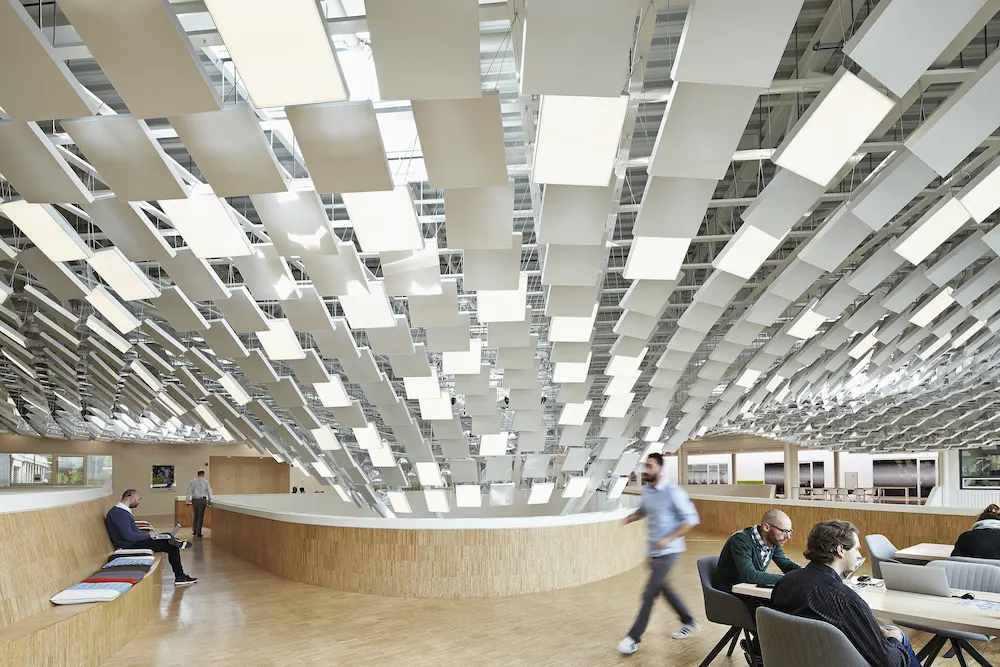How Will We Illuminate Our Interiors in the Future?
As trivial as the act of flipping a switch and lighting up a room may seem, we’ve had to come a long way to have safe and reliable light sources. It is estimated that the first lamps were invented 70,000 years ago, consisting of hollowed out stones or shells filled with an absorbent material soaked with animal fat that could be ignited. The Egyptians, on the other hand, used decorated ceramic vessels filled with oil, which provided a constant flame. Candles were popularized during the Middle Ages, made of tallow (animal fat) or beeswax, and could be burned in simple candlesticks and chandeliers. It was in the late 19th century that Thomas Edison and his team invented an incandescent light bulb that could be mass manufactured and was economically viable, soon becoming the dominant form of lighting for much of the 20th century. Although it was a revolutionary invention at the time, we are now aware that these lightbulbs are not very efficient, and they were eventually replaced by fluorescent and, more recently, LED bulbs. But if we have already advanced so much in such a short time, what can we expect for the future of lighting, and more specifically, how will our interiors be lit in a few years or decades?
Although lighting technology has already evolved significantly, there is still room for future advances. For example, perhaps a technology that is already in widespread use could be modernized to become even more efficient: the light-emitting diode (LED), a semiconductor device that emits light when an electric current flows through it. One of the main reasons why LEDs are so efficient is that most of their energy is used to create only light, rather than creating light and heat, as with incandescent bulbs. In the future, the industry is expected to develop even more efficient, long-lasting, and versatile LEDs that can be customized to meet specific design and functional requirements.
But there are already other technologies that may become viable in the coming decades. OLED (organic light-emitting diode) technology, used in some TV models, uses organic materials to create light, emitting light from a thin, flexible film rather than a bulb or tube, allowing for greater design flexibility and energy efficiency. Another promising development are quantum dots (QDs), which use nanocrystals to produce light in a specific color, allowing greater control over the color output of lighting fixtures. Researchers have been betting on this technology even for use in medical applications, such as contrast agents to identify cancer cells and improve targeted drug delivery.
There is also research exploring ways to harness the light that is naturally produced by certain organisms, such as fireflies, bacteria, fungi, and sea creatures, as part of their metabolic processes. Although this technology is still in experimental stages, it has the potential to revolutionize the way we light our homes in the future, as it releases no carbon or heat, making it safe and energy-efficient.





